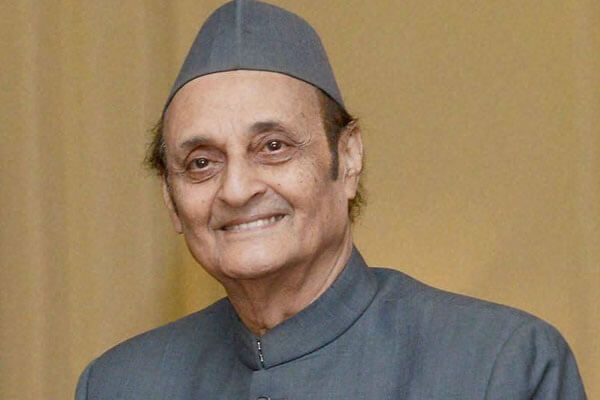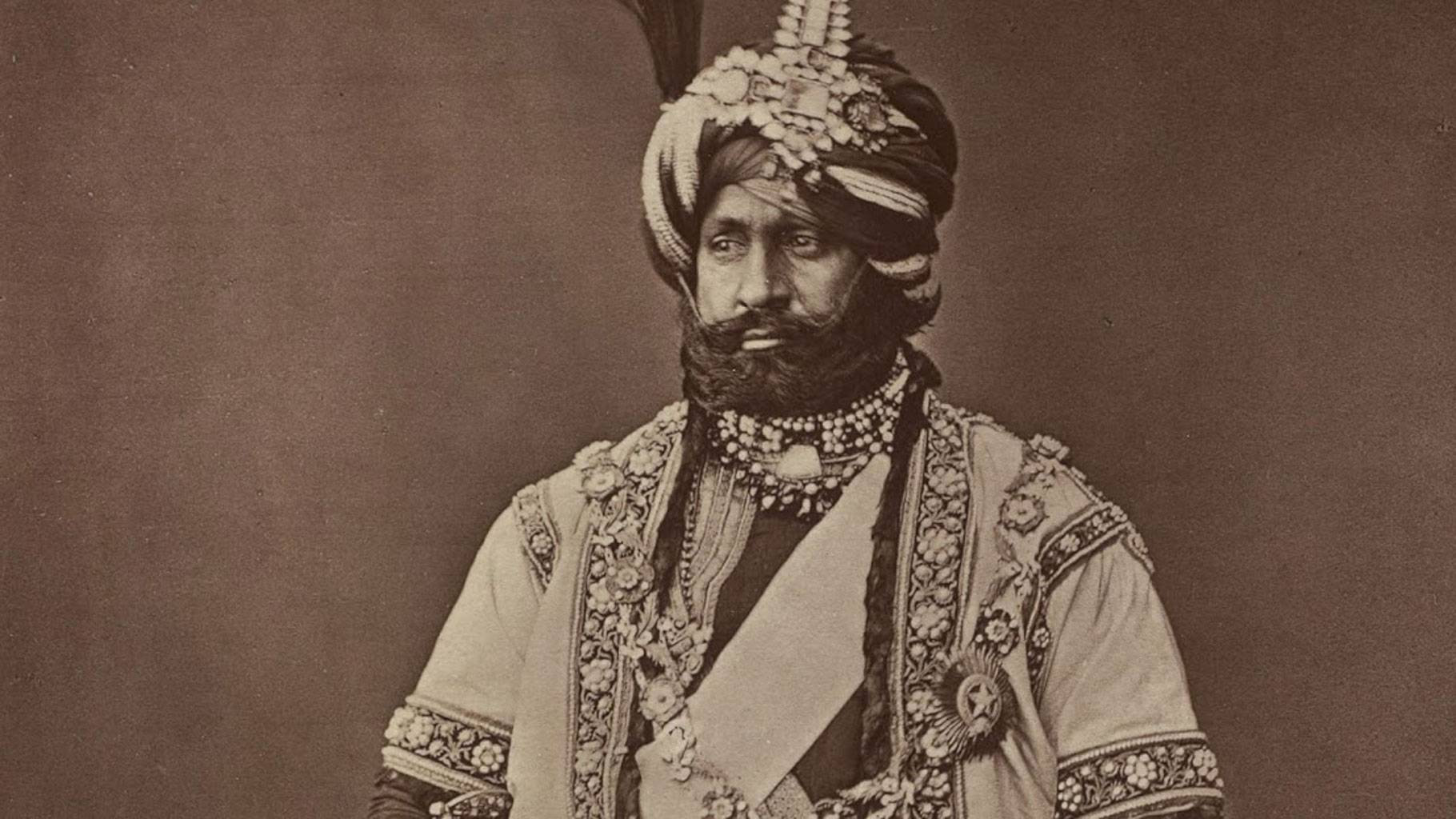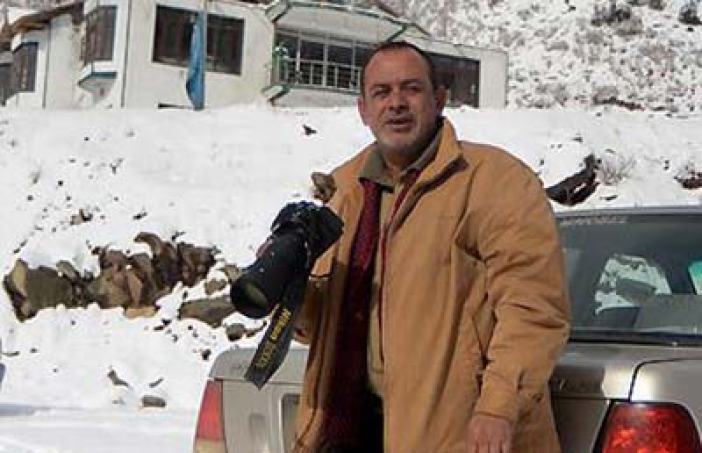
On the 175th year of the Treat of Amritsar, many are recalling a jolly attempt by a Kashmiri photojournalist to liberate himself from the sale deed pact.
By Badar Bashir
SOME thirty years after he petitioned the Dogra Maharaja’s great grandson, veteran photojournalist of Kashmir is calling it “a rush of young blood” to set himself free from the shackles of the notorious treaty.
On March 16, 1846, the treaty of Amritsar between the British Government and Maharaja Gulab Singh of Jammu apparently “sealed the fate of Kashmiris” and pushed them in an era of “tyranny and taxation”.
The Imperial British sold the erstwhile state to Singh for a sum of Rs 75 lakh (Nanak Shahi). With this single pact, historians say, Kashmiris were sold along with their land, water and air.

After the Dogra dynasty fell in the fall of 1947, last monarch, Hari Singh’s son, crown prince Karan Singh became Sadre Riyasat of Jammu and Kashmir. His rise as a seasoned congressman remained entrenched in the minds of Kashmiris over the years.
In one fine morning of 1989, Habib Naqash dispatched a postcard to his address.
“I was casually sitting with my colleagues and discussing the day when we were sold so cheap and in such a callous manner,” Naqash, a jovial photojournalist holding sway over his tribe, told Kashmir Observer.
Habib Naqash was then frequenting Srinagar’s Press Enclave as one of the few photojournalists who would be soon covering Kashmir’s explosive situation akin to some war photographers.
He was in the middle of the same pressing assignment when he decided to do the unthinkable.
“I remember sending a postcard carrying Rs 30 to Karan Singh’s palace with a note that I should be set free from the bondage now. But it was never accepted,” Habib said with a hearty laugh.
He counted his share of money keeping the whole amount and population in view.
Kashmir Observer’s repeated attempts to reach out to Karan Singh for his take on the story failed. While it remains interesting to see whether or not the Dogra dynasty’s last crown prince has any inkling about the telling incident, this story will be updated as and when he responds.

Earlier Habib Naqash’s long-term colleague, veteran journalist, Yusuf Jameel uploaded the details of the incident, on the day, when the treaty turned 175.
“In 1989 (or early 1990), photographer Habib Naqash sent a money order of Rs 30 to Dr. Karan Singh, the scion of erstwhile Dogra rulers, with the request that he may be freed from the bondage as he is making compensatory payment with interest,” Jameel wrote on his social media handle.
“It came back without being received by the payee.”
When asked to elaborate more on the postcard act, Yusuf Jameel told Kashmir Observer, “Well, it was a spontaneous act on part of my colleague and friend. While he is the better person to talk about it in detail, all I can say is that it was his personal call.”
But what seems a laughable stunt became a telling act for its symbolic importance, many say, as the postcard had come knocking the gates of the dwindled Dogra Durbar when dissent had taken roots in the valley.
Follow this link to join our WhatsApp group: Join Now
Be Part of Quality Journalism |
Quality journalism takes a lot of time, money and hard work to produce and despite all the hardships we still do it. Our reporters and editors are working overtime in Kashmir and beyond to cover what you care about, break big stories, and expose injustices that can change lives. Today more people are reading Kashmir Observer than ever, but only a handful are paying while advertising revenues are falling fast. |
| ACT NOW |
| MONTHLY | Rs 100 | |
| YEARLY | Rs 1000 | |
| LIFETIME | Rs 10000 | |










